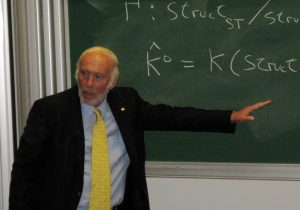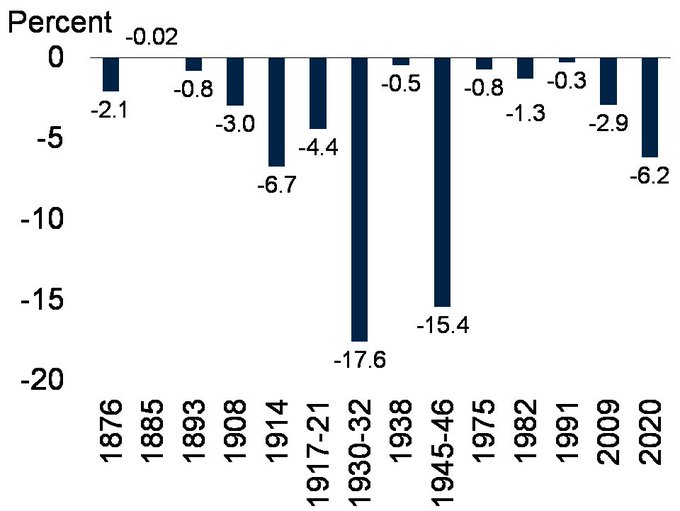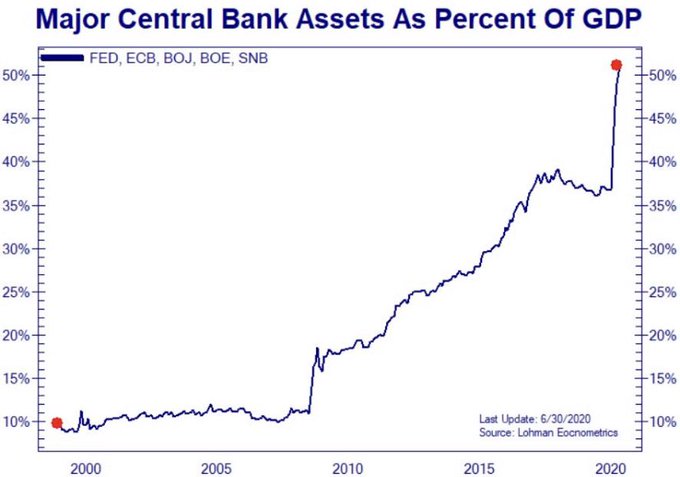If you are of the first kind, “the wills”, you will overcome all the obstacles on your way to consistent success. You will accept, even embrace, uncertainty as the driving force behind the next big opportunity for gain. You will lose gracefully and move on to the next trade, knowing that trading is a game of probabilities and possibilities; not certainties and absolutes. You will leave money on the table, thankful for what you were able to gain; not bitter by what was left. If you are of the first kind you will succeed. You will indeed.
If you are of the second kind, “the won’ts”, you will look for the always elusive easy road to riches. You won’t believe in the effort required to become a disciplined trader, driven by solid habits repeated daily. You won’t apply the skill necessary for managing risk as that would require planning and preparation, something you just do not have time for. You won’t develop your own well defined trading edge, depending instead upon others to do it for you. If you are of the second kind your opposition to anything other than what is easy will make it quite difficult to succeed when times get tough, and they will but you won’t.
If you are of the third kind, “the can’ts”, you will blame everyone and everything for your failures. You can’t succeed because you are too busy finding fault in any trading strategy that produces a loss. You can’t succeed because anyone who does so has some special knowledge or gift that you obviously cannot possess. You can’t succeed because the market is rigged. If you are of the third kind…quit. You are a quitter with a quitter’s attitude. Be in the majority. Be a can’t. It’s easy.
So, what kind of person (trader) are you?








